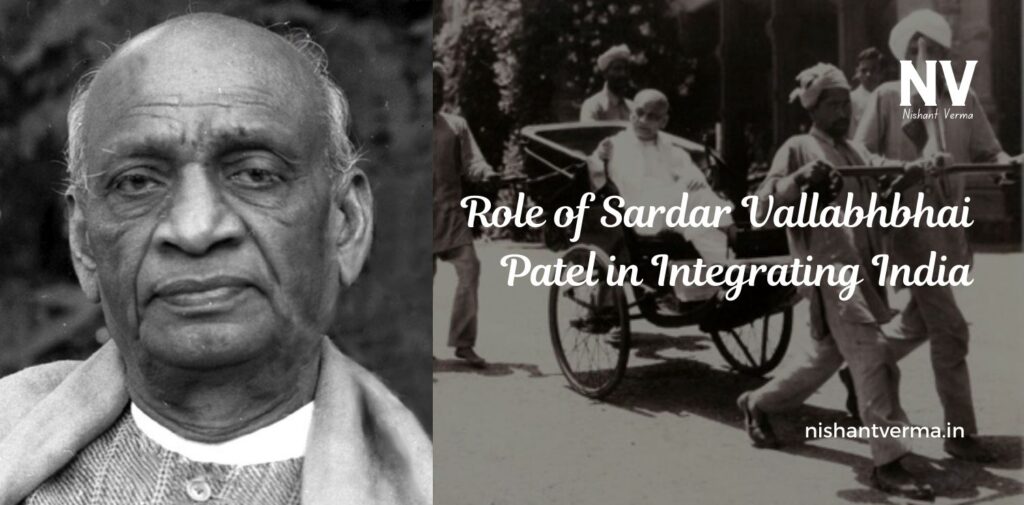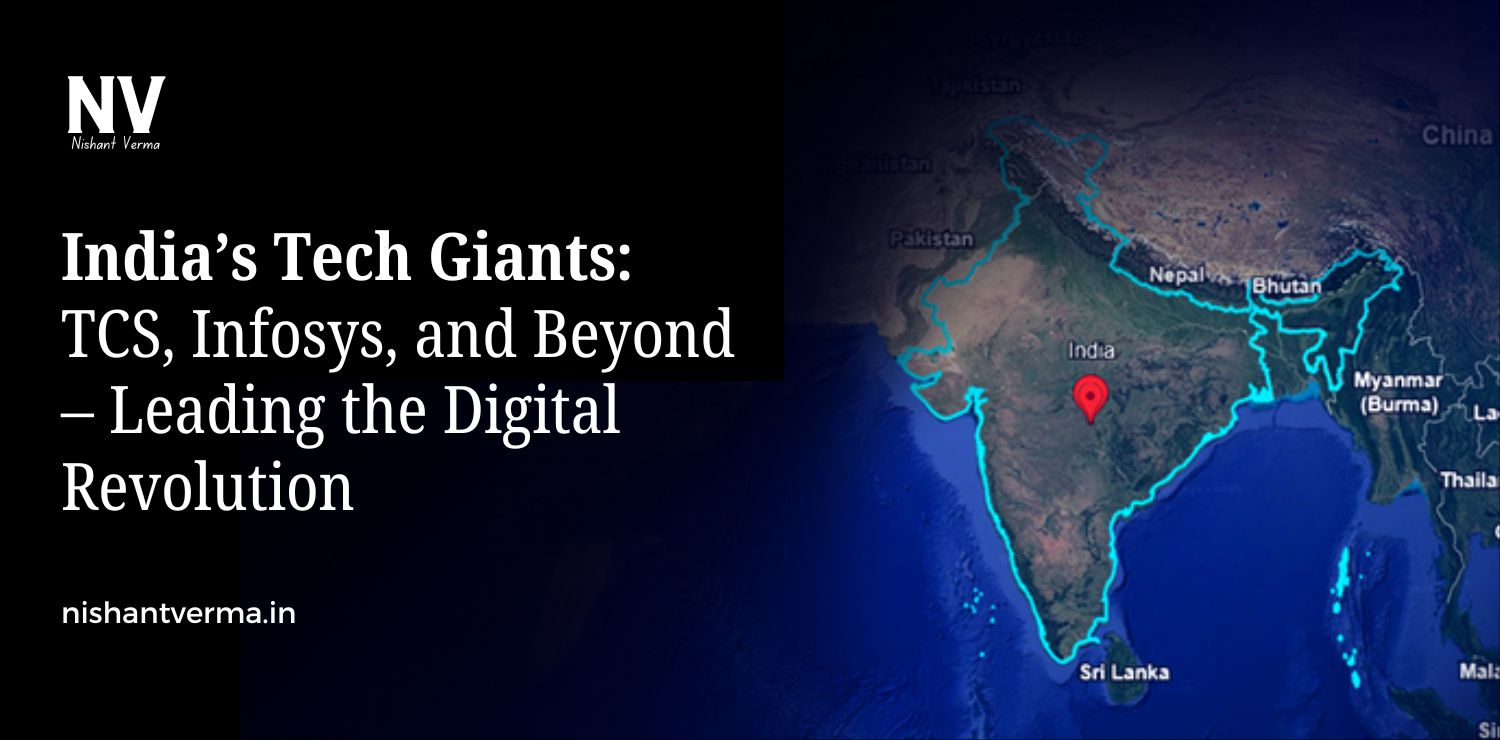Sardar Vallabhbhai Patel, often called the “Iron Man of India,” was one of the most important leaders in India’s history. He played a key role in uniting India after the country gained independence from British rule in 1947. His efforts in integrating the many princely states into the new nation of India are unforgettable. This article will tell you about how Sardar Patel worked hard to make India a unified country and how his actions helped shape the India we know today.
Who Was Sardar Vallabhbhai Patel?
Sardar Vallabhbhai Patel was born on October 31, 1875, in Nadiad, Gujarat. He came from a simple family and worked hard to become a lawyer. He was known for his honesty, courage, and dedication. Patel joined the Indian independence movement after meeting Mahatma Gandhi, and soon became one of his closest allies.
Although Patel is often remembered for his role in the integration of India, he also played an important part in the freedom struggle. He was one of the leaders of the Indian National Congress (INC) and was involved in various movements like the Salt March and the Quit India Movement.
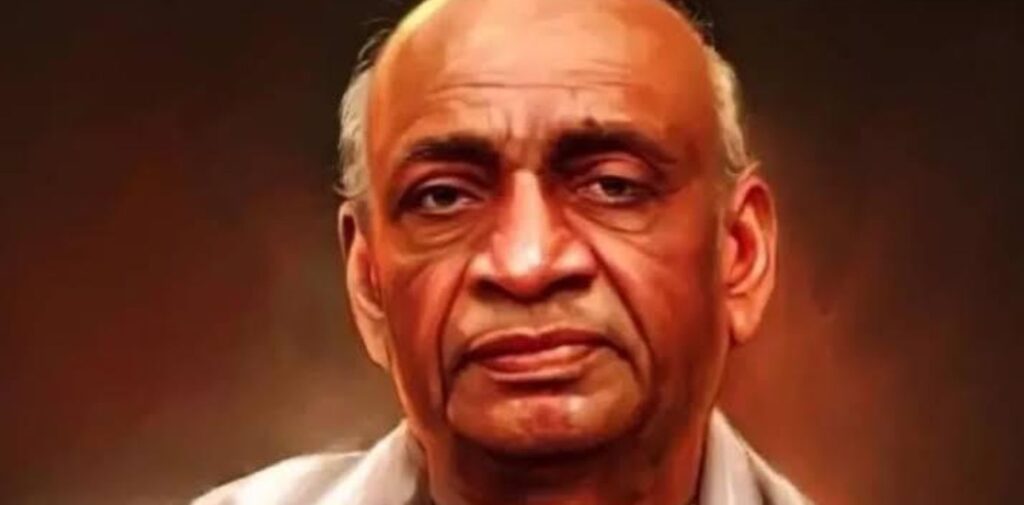
What Is Integration of India?
When India became independent on August 15, 1947, it was divided into two parts: India and Pakistan. However, India was not fully united. The country was made up of many regions and territories, and there were more than 500 small, independent princely states. These states were ruled by kings, princes, or nawabs, and they had the option to join either India or Pakistan. Some of them wanted to remain independent or did not know which country to join.
The process of bringing all these princely states together into one united India was called the “integration of India.” This is where Sardar Vallabhbhai Patel’s leadership and wisdom played a key role.
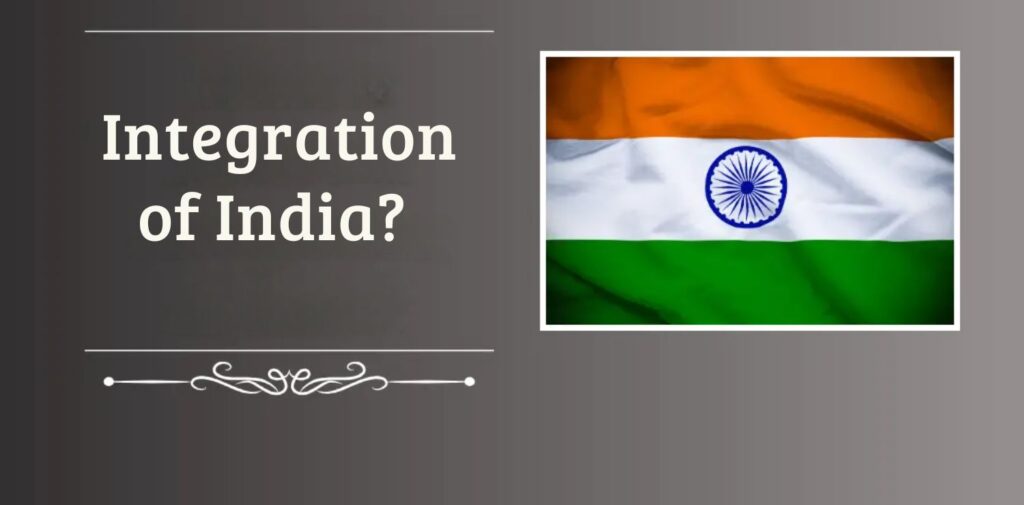
Patel’s Role in Integrating India
After independence, the newly-formed Indian government had to deal with a big challenge: how to unite the diverse and many princely states into one country. There were fears that some princely states might choose to remain independent or join Pakistan, which could break up the unity of India. This is where Sardar Patel stepped in.
Patel was given the responsibility of handling the integration of these princely states. He was made the first Deputy Prime Minister and the first Home Minister of India, and he took charge of this difficult task.
- Diplomacy and Persuasion: One of the most important tools Patel used was diplomacy. He met with the rulers of the princely states and persuaded them to join India. His approach was firm but friendly, and he always kept in mind the larger goal of national unity. He explained to the rulers that joining India was in their best interest and in the best interest of their people. For example, the Nizam of Hyderabad was hesitant to join India. He wanted to keep his independence. Patel used diplomatic talks and made it clear that if Hyderabad did not join India peacefully, it could face serious consequences. The Nizam finally agreed to join India. Similarly, Patel worked with the rulers of Jammu and Kashmir, Bhopal, and many other states.
- The Role of the Army – The Police Action in Hyderabad: Some states, like Hyderabad, were more difficult to deal with. The Nizam of Hyderabad wanted to remain independent, and he even started building his own army. This created a tense situation. Patel, while keeping peace in mind, also knew that India’s unity was more important. In 1948, Patel ordered “Operation Polo,” a police action that led to the peaceful integration of Hyderabad into India. Although it involved some use of force, the operation was successful and ended with the Nizam agreeing to join India. This was a significant achievement in the integration of India.
- The Case of Junagadh: Junagadh was another important example where Patel’s leadership was crucial. Junagadh was a small princely state that was located on the western border of India, next to Pakistan. The ruler of Junagadh, the Nawab, decided to join Pakistan, even though the majority of the people in Junagadh were Hindus. This created a serious problem, as it would have meant that a majority Hindu area would have gone to Pakistan. Patel took quick action by sending troops into Junagadh, and the people of Junagadh, after protests, expressed their desire to join India. In the end, Junagadh was integrated into India, and the Nawab of Junagadh fled.
- The Role of the Sardar in Kashmir: Kashmir was another complex and sensitive issue during the integration of India. The Maharaja of Kashmir initially wanted to stay independent. But when Pakistan sent its tribal forces to invade Kashmir in October 1947, the Maharaja of Kashmir asked for help from India. India agreed to send help, but only if Kashmir would accede to India. Patel supported this decision and played a crucial role in ensuring that Kashmir became a part of India. The process took time, but Patel’s guidance helped make sure Kashmir was included in the Indian union. This was a critical moment in the integration of India.
- Building a United India: Patel’s biggest challenge was not just convincing rulers to join India, but also managing the internal affairs of the country. Many of the princely states had their own laws, customs, and administration systems. Patel worked hard to integrate them into the national framework. He created a single administrative system for the whole country and worked to remove any divisions between the different regions. Patel also recognized the importance of unity in diversity. India was a country with many languages, cultures, religions, and traditions, and Patel worked to ensure that all communities felt included in the new nation.
- The Iron Man’s Vision: Sardar Patel’s vision was simple: to create a unified and strong India, where all regions would be part of the same nation. He knew that a fragmented India would not be able to stand strong in the world, and so he worked tirelessly to bring the diverse princely states together. His efforts earned him the title of the “Iron Man of India” because of his strength, determination, and ability to deal with the tough situations during the integration. Patel’s work as the “Unifier of India” made him one of the most respected leaders in Indian history.
- Legacy of Sardar Vallabhbhai Patel: The legacy of Sardar Patel lives on in many ways. Today, India is a united and strong country, thanks to his leadership. His dedication to national unity is remembered by people across the country. In 2018, the Indian government built the world’s tallest statue in Gujarat, called the “Statue of Unity,” in honor of Sardar Vallabhbhai Patel. This statue is a symbol of his role in uniting India and is visited by thousands of people every year.
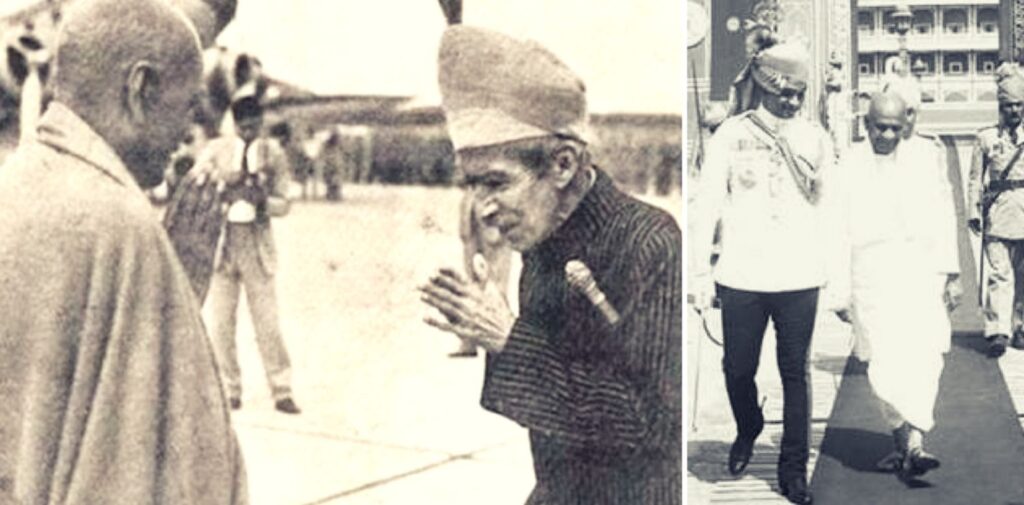
Conclusion
Sardar Vallabhbhai Patel’s role in integrating India after independence is a remarkable story of leadership, wisdom, and hard work. His efforts helped create the India we know today, a unified country made up of diverse regions and people. Patel’s vision of a united India guided him through challenges and difficulties, and he succeeded in bringing together more than 500 princely states into one nation.
Sardar Patel is remembered as the “Iron Man of India” for his unwavering commitment to unity and his ability to face challenges head-on. His leadership has left an everlasting mark on India’s history, and his example continues to inspire people to work for the greater good of the nation.

